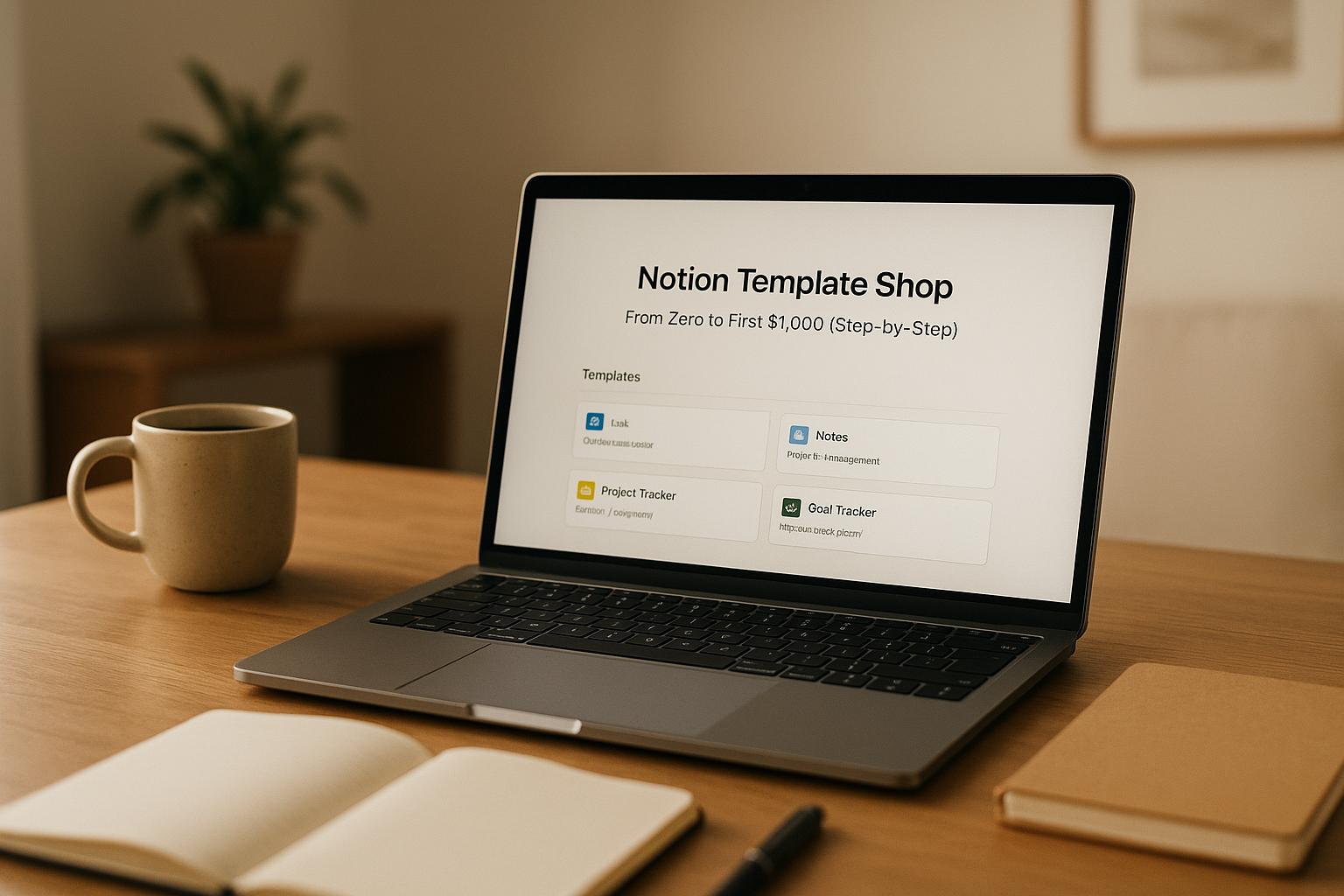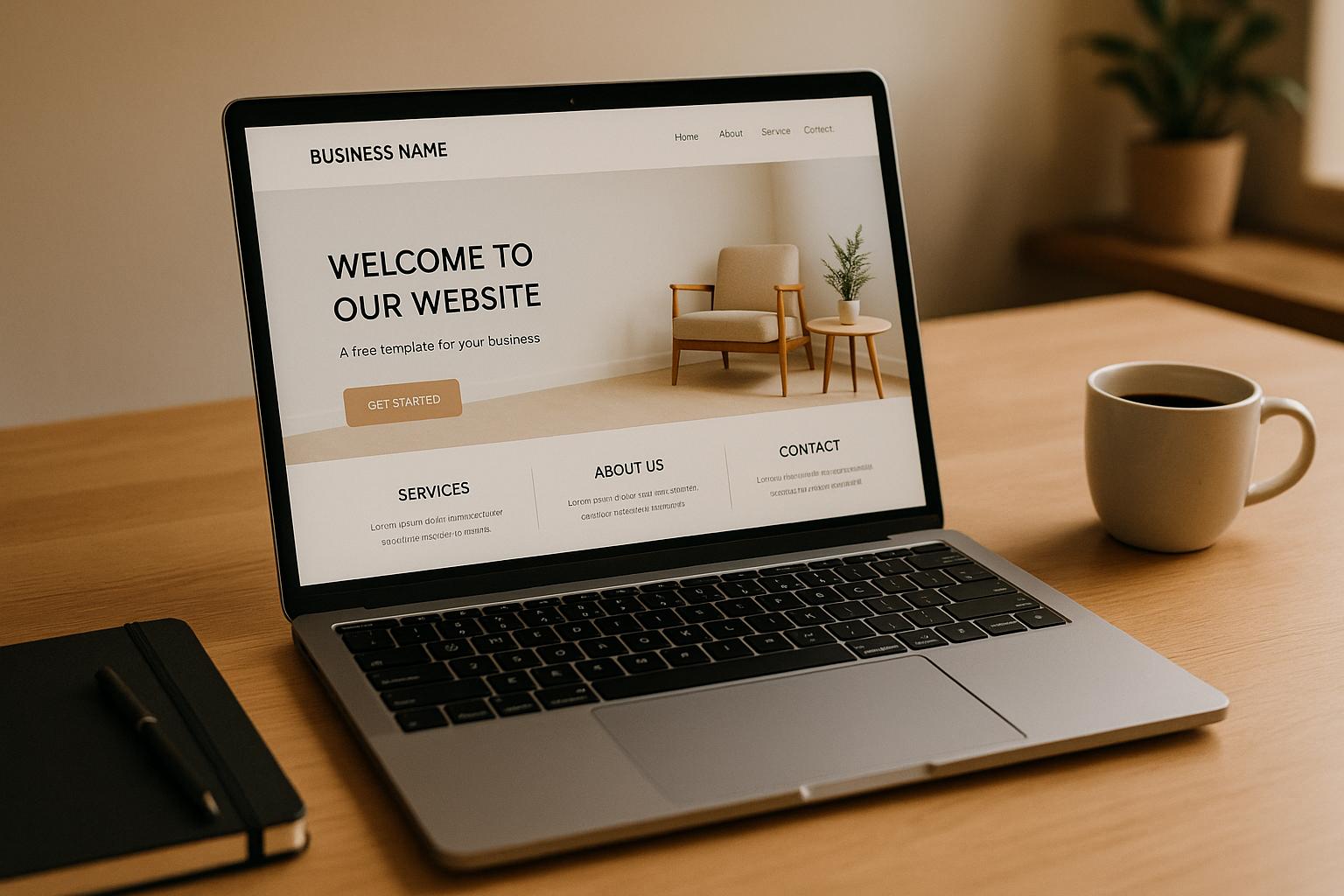
Looking to save time and money on business planning? Here’s a quick comparison between traditional methods and IdeaFloat, an AI-powered tool:
- Time: Traditional planning takes 400–500 hours; IdeaFloat does it in minutes.
- Cost: Traditional methods cost $1,000–$5,000; IdeaFloat starts at $0 with paid plans from $20/project or $25/month.
- Efficiency: Manual work vs. automated processes with real-time updates.
- Hidden Costs: Traditional methods often include revision fees and training expenses, while IdeaFloat offers clear subscription pricing.
Quick Comparison
| Aspect | Traditional Planning | IdeaFloat |
|---|---|---|
| Time Investment | 400–500 hours | Minutes to hours |
| Cost | $1,000–$5,000 | $0–$25/month |
| Market Analysis | 2–3 weeks | Instant |
| Financial Projections | 1–2 weeks | Automated |
| Plan Updates | Manual, periodic | Real-time, automated |
Start faster, save costs, and focus on growth with IdeaFloat. Whether you’re an entrepreneur or a consultant, it simplifies business planning with AI-driven tools.
15 Hours Testing AI Business Plan Tools: Best & Worst
Cost Structure Basics
Traditional business planning often requires a lot of time and resources, but AI-powered tools like IdeaFloat simplify the process. Let’s break down the time and resource aspects of these approaches.
Time Investment Analysis
Conventional planning methods typically take 400–500 hours (around 10–12 weeks), delaying market entry and potentially leading to missed opportunities .
With IdeaFloat's AI-powered system, this process is drastically faster. Entrepreneurs can build detailed business plans in minutes instead of weeks . Here’s how the time savings compare:
| Planning Activity | Traditional Method | IdeaFloat |
|---|---|---|
| Market Analysis | 2–3 weeks | Minutes |
| Financial Projections | 1–2 weeks | Automated |
| Breakeven Analysis | 3–5 days | Instant |
| Business Plan Creation | 4–6 weeks | Minutes to hours |
These efficiencies allow businesses to enter the market faster and redirect resources to more strategic tasks.
Resource Distribution
The way resources are allocated also differs significantly between traditional and AI-powered methods. Automated systems can reduce operating costs by 10–15% .
Traditional planning involves full-time staff, manual data handling, and lengthy revisions. In contrast, IdeaFloat minimizes personnel hours, automates processes, and offers real-time updates via subscription. This approach improves team efficiency by 20–30% , with employee utilization rates reaching 70–80% . This leaves room for administrative tasks and strategic planning.
It’s clear why AI-driven planning is changing how businesses operate. Poor resource allocation is cited as the main reason for delays in 23% of projects . By automating planning, companies not only cut costs but also improve efficiency and accelerate growth.
Cost Comparison
Let’s break down the cost differences between traditional methods and IdeaFloat.
Manual Planning Expenses
Traditional planning services typically range from $1,000 to $5,000 for consulting alone . On top of that, you’ll often face extra charges for specialized services or revisions. In contrast, IdeaFloat simplifies things with straightforward pricing tiers.
IdeaFloat Cost Options

Here’s how IdeaFloat stacks up against traditional costs :
| Plan | Price | Key Features |
|---|---|---|
| Free | $0 | Business summary, market assessment, and validation tools |
| Standard | $20/project | Full toolkit for a single project |
| Pro | $25/month | Unlimited projects with access to all features |
| Enterprise | Custom | Tailored for multi-client management and advanced support |
Each plan includes tools like market size assessment, customer profiling, and competitor analysis, cutting out the need for multiple subscriptions.
Unexpected Manual Planning Costs
Traditional methods often come with hidden expenses, unlike IdeaFloat’s clear pricing. As Lisa M. Masiello explains:
Remember, anticipating, understanding, and effectively budgeting for these hidden costs can enable you to not just survive during your first few years of operation but thrive .
Some common unexpected costs include:
- Revision fees
- Training expenses (averaging $1,200 per employee )
- Lost revenue from delays in market entry
- Additional software subscriptions
Experts also recommend setting aside 20% of revenue to cover such unforeseen expenses .
sbb-itb-08dd11e
Investment Returns
Beyond reducing costs, the true value lies in better ROI and saving time.
Business Owner Results
IdeaFloat provides better cost efficiency and ROI compared to older planning methods. Research shows that portfolio-based planning, like what IdeaFloat offers, generates stronger returns .
Traditional methods typically yield 2–4x SDE (25%–50% ROI). In contrast, modern portfolio-based approaches can achieve up to 10x revenue returns . These newer methods focus on creating multiple revenue streams rather than depending on a single project.
"In the world of business valuation, ROI is the inverse of a multiple" .
This advantage makes IdeaFloat's automation even more impactful.
IdeaFloat Time Savings
Building on these higher returns, IdeaFloat's automation often delivers a 250% ROI within six months . Its efficiency offers several key benefits:
| Metric | Traditional Planning | IdeaFloat Implementation |
|---|---|---|
| Planning Cycle | Weeks to Months | Days to Weeks |
| Error Rate | Higher (manual input) | Lower (automated) |
| Daily Productivity | Up to 8 hours | Up to 18–20 hours |
| Iteration Speed | Slow (manual updates) | Fast (automated updates) |
IdeaFloat's automation also significantly boosts marketing ROI:
- Email campaigns achieve an average ROI of 4200% (42:1) .
- SEO efforts see an average ROI of 2200% (22:1) .
These results highlight how IdeaFloat combines modern validation techniques with detailed planning, allowing entrepreneurs to focus on scaling and growth activities that matter most.
Business Testing Methods
Modern validation tools help save both time and money during the testing process. Let’s look at how IdeaFloat’s automated tools stack up against traditional manual methods.
IdeaFloat Testing Tools
IdeaFloat doesn’t just speed up planning - it delivers fast, actionable market insights . Here’s a quick comparison of its features versus traditional methods:
| Testing Feature | Traditional Method | IdeaFloat Approach |
|---|---|---|
| Market Analysis | Lengthy manual research | Instant, AI-driven assessments |
| SWOT Analysis | Manual compilation | Automated with immediate results |
| Competitor Research | Manual tracking | Real-time competitor insights |
| Validation Score | No standardized metric | Automated scoring with improvement tips |
Using principles from Lean Startup, IdeaFloat focuses on rapid testing and Minimum Viable Product (MVP) validation. This ensures businesses can quickly assess market demand and customer interest .
"Idea validation is the process by which entrepreneurs verify if their idea fills a gap in the market and customers are willing to pay and use their product."
– Abdo Riani, Senior Contributor
User Experience Stories
Entrepreneurs who’ve switched from manual methods to IdeaFloat’s automated tools report major time and cost savings. Here are some of their experiences:
Nick Sherwing, Founder of woohoPets, shared how IdeaFloat streamlined their market research:
"IdeaFloat saved us weeks of work by helping us explore demand for new products across different regions and took the guesswork out of finding gaps in the market" .
Soba, a Bar, Pilates, and Yoga Studio, found IdeaFloat invaluable during their franchising efforts:
"It replaced months of research and Excel modelling with real-time data insights" .
Professional service providers also see the benefits. Robert Bates, Partner at McFillin Accounting, highlighted how it improves efficiency for his team:
"IdeaFloat will save me and my team countless hours of work, as we help clients articulate their business ideas" .
Bernie Fitzsimon, Entrepreneur and Managing Director of LighthouseHQ, emphasized its importance for established businesses:
"Any existing business that is considering scaling up or changing direction should be using IdeaFloat. It is an incredibly powerful tool" .
These testimonials underline how IdeaFloat simplifies the validation process, making it easier for businesses to adapt and grow.
Conclusion
Main Points
IdeaFloat offers a faster and more efficient alternative to traditional planning methods, saving both time and resources. Its AI-powered platform simplifies planning and reduces costs significantly.
Here’s a quick comparison to highlight the differences:
| Aspect | Traditional Planning | IdeaFloat |
|---|---|---|
| Setup Time | Takes months of manual effort | Automated setup in just days |
| Market Analysis | Requires manual research and separate tools | Built-in market analysis included in the subscription |
| Update Frequency | Needs manual updates periodically | Provides real-time, data-driven updates |
| Tool Integration | Uses multiple separate subscriptions | Combines everything into a single, competitively priced platform |
This all-in-one approach eliminates the hassle of juggling multiple tools and subscriptions.
Getting Started
Ready to see what IdeaFloat can do? Start with their free plan, which includes essential tools like Business Summary, Market Size Assessment, and SWOT Analysis - completely free.
When you're ready to scale, upgrade to the Pro plan for $25/month. It includes unlimited projects and advanced features to grow your business.
For consultants or service providers managing multiple clients, the Enterprise plan offers advanced support and tools for complex needs.
Pick the plan that fits your goals. While traditional methods may still suit highly detailed projects, IdeaFloat's automated system is perfect for modern Lean Startup strategies, focusing on speed and adaptability .
Related Blog Posts
Get the newest tips and tricks of starting your business!


